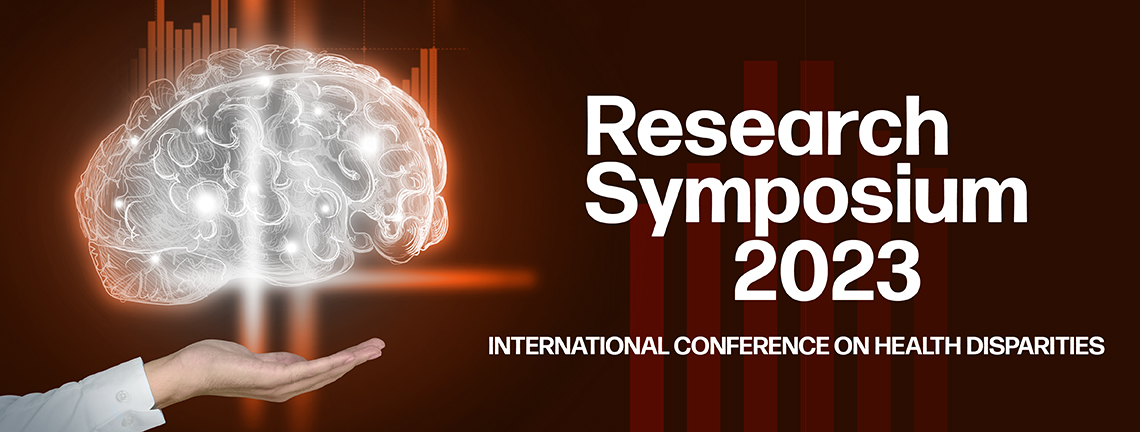
Posters
Presentation Type
Poster
Discipline Track
Clinical Science
Abstract Type
Case Report
Abstract
Introduction: Atrial fibrillation (AF) is the most common cardiac arrhythmia. The global prevalence of AF is 0.51% of the world population (37.5 million people) and has increased 33% in the last 20 years. AF may be associated with increased risk of sudden cardiac death (SCD); as well as ischemic stroke or coagulopathies. Coronary heart disease and heart failure are the two most common substrates of SCD. Therefore, the relationship between AF and SCD is particularly difficult to address. AF may have a shared molecular basis with ventricular fibrillation (VF; the most common arrhythmia underlying SCD), as both involve cellular and ion channel abnormalities, respectively, at the atrial and ventricular levels.
Presentation of the case: 83-year-old woman, hypertensive, reports asthenia, adynamia and insomnia (21 days); the resting 12-lead electrocardiogram did not report ischemia or necrosis, AF was diagnosed; 160 beats per minute (BPM) (Figure 1). The transthoracic echocardiogram did not show thrombi or effusion; preserved ejection fraction. Pharmacological cardioversion (PC) of AF was performed with oral acetylsalicylic acid 100 mg every 24 h indefinitely; digoxin 0.25 mg orally every 8 hours for 24 hours (impregnation) and 0.25 mg orally every 24 hours (maintenance). After administration of the second dose of digoxin, HOLTER electrocardiographic monitoring detected sustained supraventricular tachycardia.
Conclusions: VF caused SCD; the SCD prevented the administration of the third dose of digoxin. Amioradone was not indicated due to age and lack of ventricular response (VR) in AF; its use could prevent VF and SCD. VF is the rhythm that most causes SCD. 70% of SCD are due to coronary disease and, in 40% of SCD, it may be the initial manifestation of coronary disease. Arrhythmias such as VF, in this case, can cause acute ischemia (AI) and subsequently SCD. In cases of AF with VR, low output, and hypotension, electrical cardioversion (EC) is recommended. The PC of the arrhythmia depends on the severity and response of AF, age, ventricular function; atrial size; previous treatments. Cardioversion (PC/EC) is not recommended in elderly people with a history of multiple AF recurrences. According to the European Society of Cardiology and the American College of Cardiology/ American Heart Association, the AF was persistent, long-lasting, and noncardioreversible. Coronary heart disease was not observed. The VF probably caused the AI and, in turn, the AI caused the SCD without the patient reviving. No cardiomyopathies, Brugada syndrome, or coronary heart disease were observed in this case. Due to lack of resources to carry out a genetic study, the presence of single nucleotide polymorphisms associated with cardiac arrhythmias or AF in genes such as SCN5A (rs1805126) and SCN10A (rs6795970), which encoding a subunit of the voltage-gated sodium channel.
Recommended Citation
Lara Duck, Manlio F.; Rosales-Martínez, Juan; and Mayek Pérez, Netzahualcoyotl, "Sudden cardiac death due to pharmacological cardioversion of atrial fibrillation" (2024). Research Symposium. 28.
https://scholarworks.utrgv.edu/somrs/2023/posters/28
Included in
Sudden cardiac death due to pharmacological cardioversion of atrial fibrillation
Introduction: Atrial fibrillation (AF) is the most common cardiac arrhythmia. The global prevalence of AF is 0.51% of the world population (37.5 million people) and has increased 33% in the last 20 years. AF may be associated with increased risk of sudden cardiac death (SCD); as well as ischemic stroke or coagulopathies. Coronary heart disease and heart failure are the two most common substrates of SCD. Therefore, the relationship between AF and SCD is particularly difficult to address. AF may have a shared molecular basis with ventricular fibrillation (VF; the most common arrhythmia underlying SCD), as both involve cellular and ion channel abnormalities, respectively, at the atrial and ventricular levels.
Presentation of the case: 83-year-old woman, hypertensive, reports asthenia, adynamia and insomnia (21 days); the resting 12-lead electrocardiogram did not report ischemia or necrosis, AF was diagnosed; 160 beats per minute (BPM) (Figure 1). The transthoracic echocardiogram did not show thrombi or effusion; preserved ejection fraction. Pharmacological cardioversion (PC) of AF was performed with oral acetylsalicylic acid 100 mg every 24 h indefinitely; digoxin 0.25 mg orally every 8 hours for 24 hours (impregnation) and 0.25 mg orally every 24 hours (maintenance). After administration of the second dose of digoxin, HOLTER electrocardiographic monitoring detected sustained supraventricular tachycardia.
Conclusions: VF caused SCD; the SCD prevented the administration of the third dose of digoxin. Amioradone was not indicated due to age and lack of ventricular response (VR) in AF; its use could prevent VF and SCD. VF is the rhythm that most causes SCD. 70% of SCD are due to coronary disease and, in 40% of SCD, it may be the initial manifestation of coronary disease. Arrhythmias such as VF, in this case, can cause acute ischemia (AI) and subsequently SCD. In cases of AF with VR, low output, and hypotension, electrical cardioversion (EC) is recommended. The PC of the arrhythmia depends on the severity and response of AF, age, ventricular function; atrial size; previous treatments. Cardioversion (PC/EC) is not recommended in elderly people with a history of multiple AF recurrences. According to the European Society of Cardiology and the American College of Cardiology/ American Heart Association, the AF was persistent, long-lasting, and noncardioreversible. Coronary heart disease was not observed. The VF probably caused the AI and, in turn, the AI caused the SCD without the patient reviving. No cardiomyopathies, Brugada syndrome, or coronary heart disease were observed in this case. Due to lack of resources to carry out a genetic study, the presence of single nucleotide polymorphisms associated with cardiac arrhythmias or AF in genes such as SCN5A (rs1805126) and SCN10A (rs6795970), which encoding a subunit of the voltage-gated sodium channel.

